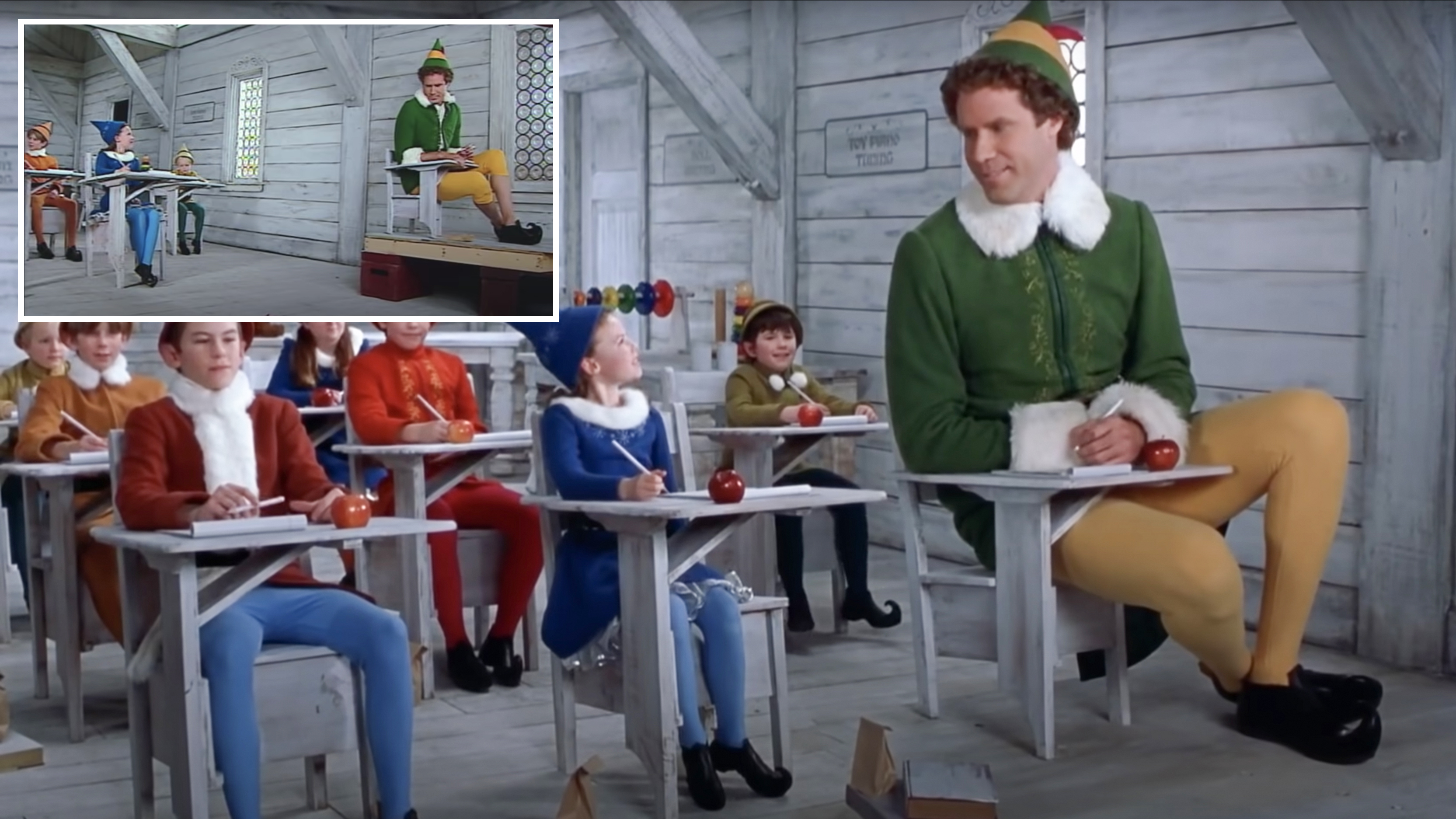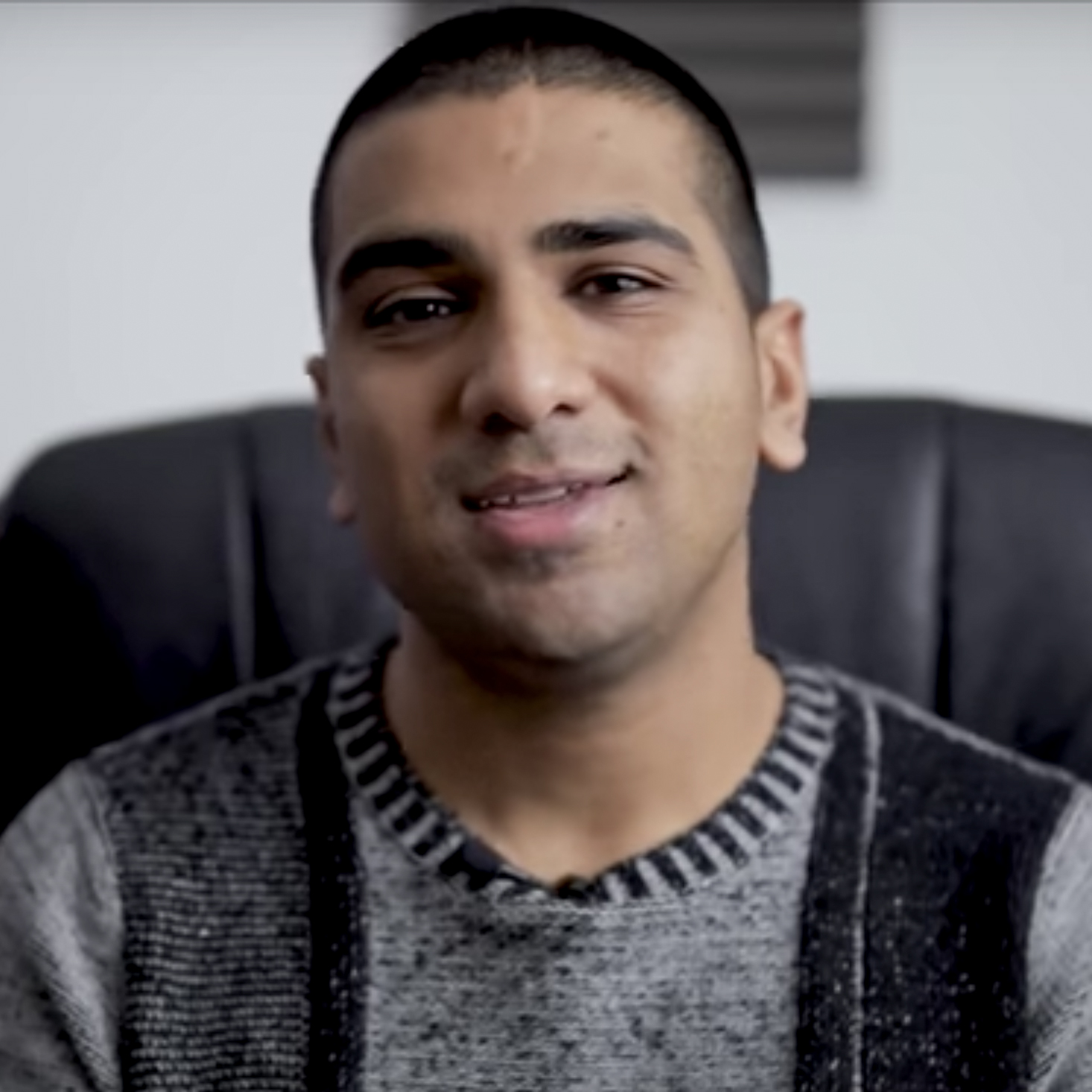Elf on a shelf! How they shot the classic Christmas movie using forced perspective
The Will Ferrell Christmas comedy is a classic – and the crew used classic techniques, not expensive CGI, to shoot it

The comedy classic movie Elf has become one of the most popular and beloved films to watch over the Christmas period. Even though the it is now 17 years old, the breakthrough Will Ferrell movie doesn't feel dated at all. There's almost a timeless feeling to it, and this was predominantly down to a number of in-camera techniques that the production team used to make the magic.
Computer generated imagery (CGI) is an ever popular option for many film studios and effects houses, as it's a relatively effective way to depict something that otherwise may not have been possible. In Elf, for example, the cast were obviously not real elves, but a method of shooting them to look small had to be found – and the options were either to use CGI or employ practical in-camera effects.
One of the major problems with CGI is that it often doesn't date very well. Even movies that were produced just a few years ago that made use of CGI can look somewhat dated by today's standards. And this could have been the case for Elf, but fortunately the director Jon Favreau (the Disney and Marvel meastro behind Iron Man and The Mandalorian) had some foresight in this regard, evidenced by a new featurette from Netflix.
Instead of using CGI, Favreau insisted that practical effects were used to create the look. The first step was to fully design and develop a set particular to the shots where the effect would be required, which consisted of scenes related to the North Pole and the elves.
The step is the technique itself: forced perspective. Some photographers refer to this as lens compression, but it actually has nothing to do with the lens itself; rather, it's entirely down to the relative distances of the subject.
In essence, the production team for Elf shot Farrell's character sitting much closer and higher to the camera, in comparison to the rest of the cast in the scene who were shot much further away. Obviously subjects in the foreground appear larger than those in the background, creating the illusion of something (in this case, Ferrell's character) being much bigger than it really is.
In other words, the technique forces a perspective that doesn't naturally exist – which is why the effect is so called. We have a tutorial for a great photo project that shows you how to shoot false perspective with miniatures, to create a photograph that would have been impossible to capture otherwise.
Get the Digital Camera World Newsletter
The best camera deals, reviews, product advice, and unmissable photography news, direct to your inbox!
There's a valuable lesson here for photographers. While this effect could have been achieved in post-production – which in cinema terms would have meant CGI, but in photography terms would mean using Photoshop – the effect is a lot more believable and arguably more effective if shot in-camera!
Read more:
Home photography ideas: Make models life-size with forced perspective
Best TV shows about photography on Netflix, Amazon Prime and online
Christmas gifts for photographers
Usman is a commercial and architectural photographer based in West Yorkshire, who has been working professionally for over seven years. He has also spent over four years as a writer for the biggest photography sites in the world, including Staff Writer for Digital Camera World, senior staff writer for FStoppers, and tech writer for Petapixel.
With a particular interest in technology developments, high-resolution imaging and the high-end cameras, Usman has been on the cutting edge of camera news as well as writing features about medium format systems and global shutters, and has reviewed some of the latest Leica cameras as well as a tripod that’s even taller than Andre the Giant!

